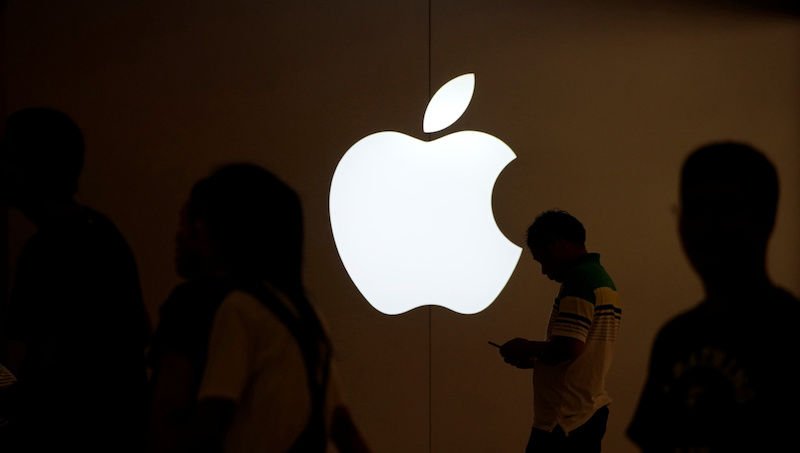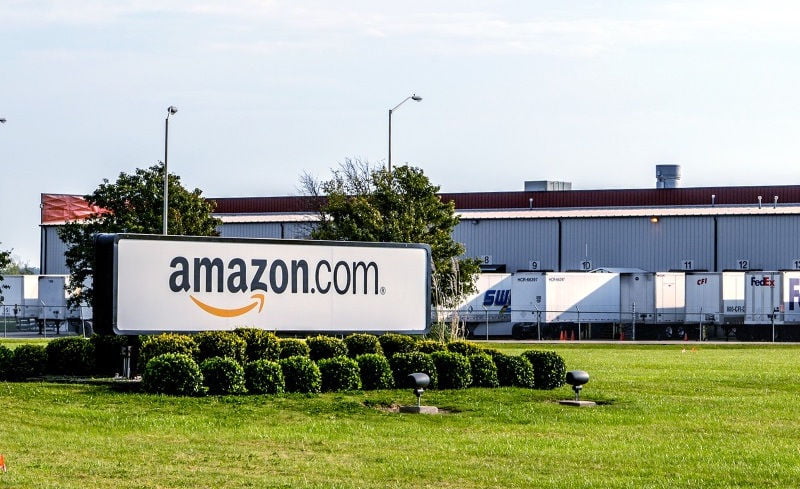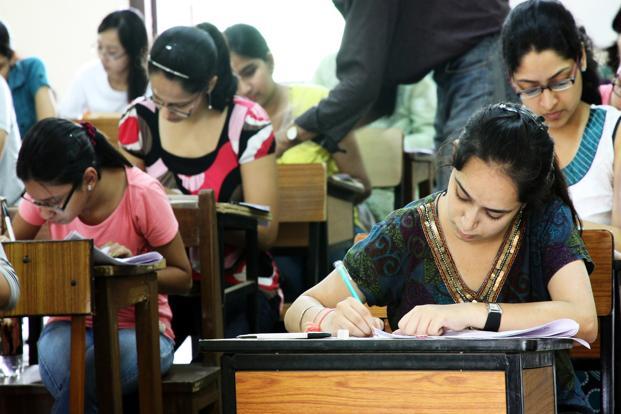
Shutterstock
“Human plus machine isn’t the future, it’s the present,” Garry Kasparov said in a recent TED talk.
And this “present” is transforming the world of education at a rapid pace. With children increasingly using tablets and coding becoming part of national curricula around the world, technology is becoming an integral part of classrooms, just like chalk and blackboards.
We have already witnessed the rise and impact of education technology especially through multitude of adaptive learning platforms such as Khan Academy and Coursera that allow learners to strengthen their skills and knowledge.
And now virtual reality (VR) and artificial intelligence (AI) are gaining traction. A recent report by Pearson deciphers how artificial intelligence will positively transform education in the coming years. Per the report’s authors, “The future offers the potential of even greater tools and supports. Imagine lifelong learning companions powered by AI that can accompany and support individual learners throughout their studies – in and beyond school – or new forms of assessment that measure learning while it is taking place, shaping the learning experience in real time.”
Indeed, high costs remain a challenge but the day is not far when AI and VR tools will be as accessible as smartphones and desktop computers.
Intelligent machines are playing major role in delivering customized relevant knowledge to learners, where and when needed. For instance, Content Technologies Inc., a U.S.-based artificial intelligence research and development company is leveraging deep learning to deliver customized books. The company launched Cram101 and JustFact101 to turn decades-old text books into smart and relevant learning guides, making study time efficient.
Moreover, learning is now turning into a truly immersive experience inside and outside the classroom. As a conference curator, I design immersive experiential activities to offer participants a memorable experience, leaving them with a strong desire to return the following year.
And as an educator, I believe the same strategy has the power to spur creativity, engagement and stronger learning outcomes among my students. But for decades, experiential learning was confined to science experiments in the school’s archaic laboratory or to summer holiday assignments. But with VR and AI, experiential or hands-on learning has an all new meaning.
A variety of artificial reality tools including Microsoft’s HoloLens, Oculus Rift, or Google Expedition are translating traditional lessons into meaningful real-world experiences.
Imagine a room full of students exploring the wreck of the Titanic, watching dinosaurs walk around them, discovering the Amazon or simply landing on the moon as astronauts —what a giant leap in education?!
“We are moving away from simply ‘learning’ a subject or topic to ‘feeling’ the content. This is not simply an engagement tool or a gimmick, it allows a student to explore, to experience or to be involved in something, as if they are actually present in that environment or place,” Graeme Lawrie, Director of Innovation and Outreach at the U.K.-based Sevenoaks School wrote recently.
And students aren’t the only beneficiaries.
Intelligent tutoring systems such as Carnegie Learning or Third Space Learning are helping teachers break free from the “one size fits all” approach. These one-to-one tutoring platforms leverage Big Data and learning analytics to provide tutors with real-time feedback about their students’ performances, strengths and weaknesses. The feedback helps teachers determine exact learning needs and skills gap of each student and provide supplemental guidance.
I’ve often heard experts say “technology makes bad teachers worse. So there is no doubt that we need to continue investing in their training and professional development. No machine can replace human teachers but it can save them from crumbling nder pressure. Remember Georgia Tech professor Ashok Goel’s AI teaching assistant Jill Watson? It is an illustration of how smart machines will help teachers transition from the sage-on-stage to mentors and facilitators.
Per Thomas Arnett, author at the Christensen Institute, “Rather than seeing technological progress as a threat, teachers and education leaders should take advantage of the many ways technology can enhance their work.”
Arnett believes automation will help simplify basic teaching tasks and help school leaders address key challenges to quality instruction — namely variations in teacher quality, wide- ranging student needs, and added expectations placed on teachers.
“Innovations that commoditize some elements of teacher expertise also supply the tools to raise the effectiveness of both non-experts and expert teachers to new heights and to adapt to the new priorities of a 21st-century work force and education system”, writes Arnett in his report Teaching in the Machine Age
In this report, Arnett also elaborates AI’s potential to recognize and develop high-potential prospective teachers. “Researchers can pinpoint high-quality teachers ex post facto based on teacher observations, student survey responses, and student test scores but they are far less successful at identifying the characteristics of effective teachers or illuminating a clear path for preparing and developing them.”
And most importantly, in addition to content mastery, teachers will be able to help their students develop the much needed 21st century non-cognitive skills such as confidence and creativity.
The picture that I project in this article may seem overly optimistic to many.
Indeed, AI and ed-tech are not a panacea for systemic challenges. AI may not be end up being the next giant leap in education and they will of course bring their own set of problems and disadvantages.
But let’s not ignore their inherent strengths that could help address the glaring gaps in teaching and learning, that we have been struggling to fill for decades.
[“Source-forbes”]




















